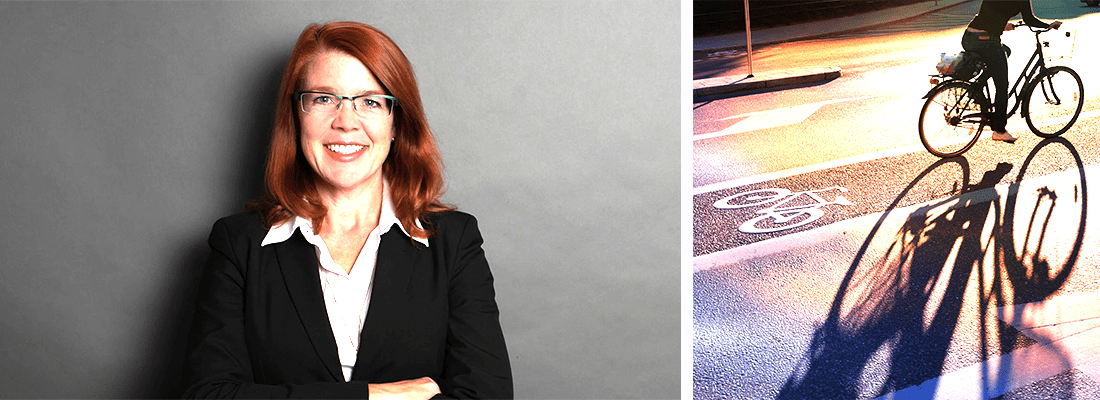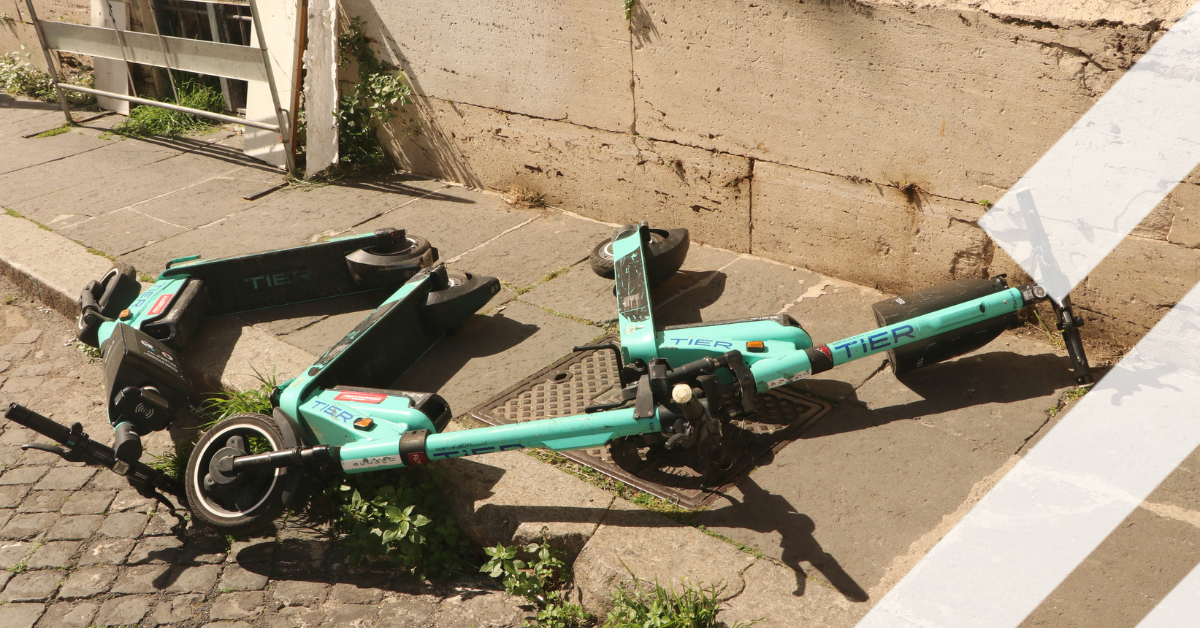Five questions with Jill Warren | European Cyclist's Federation

How micromobility evolves in a post-Corona era
The fourth webinar of Intertraffic had a focus on sustainable mobility Moderator Paul Hutton spoke to Breda University of Applied Science’s Don Guikink, Jill Warren, co-CEO of the European Cyclist’s Federation and Giles Bailey, partnerships director for mobility data platform providers Vianova. Due to sheer lack of time many questions from our international audience remained unanswered. We asked Jill Warren of the ECF to answer a selection of them.
Jill Warren is co-CEO of the European Cyclists’ Federation (ECF). Cycling as a resilient and healthy mode of transport has received a lot of attention in media and politics recently. Citizens have recognised these benefits also in their everyday mobility behaviour during the COVID-19 crisis. In Germany, cycling was the most important mode of transport besides walking at a certain point in April, and in France, cycling levels after the lockdown have increased by 27% compared to 2019.
Question 1:
How come cities are suddenly accelerating sustainable mobility during the pandemic?
Jill: ‘There are a number of factors in play in this trend. One important factor, for example, is that cities did not want to go from “lockdown” to “gridlock” in terms of more people turning from public transport to cars as safe bubbles in the pandemic. They needed to encourage and enable more cycling and walking to avoid and ease such congestion.’
‘Also, with travel restricted to essential journeys only, and with cars largely off the roads during lockdown, people in cities got a rare perspective of how different things can be without so much motorised vehicle traffic. This emboldened and encouraged cities to accelerate plans they already had, or to create new plans, or to introduce temporary or trial plans for re-allocating city space in favour of more sustainable mobility. May we hope that much of this activity leads to lasting change for the better in our cities!’
Question 2:
Have you noticed any controversial differences between European countries in creating cycle infrastructure?
‘There are all kinds of differences between different countries, regions and municipalities in how they have gone about creating cycling infrastructure. Whether the differences are controversial is of course a matter of perspective and interpretation – including the baseline they are starting from. What is clear is that there is no one size that fits all, and that solutions that are working well in one place will not necessarily work the same way in another.’
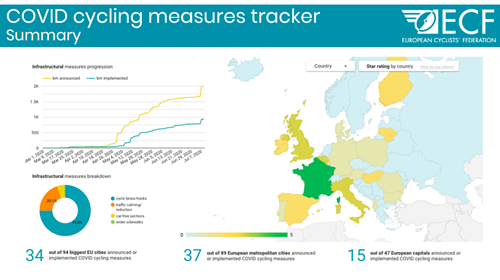
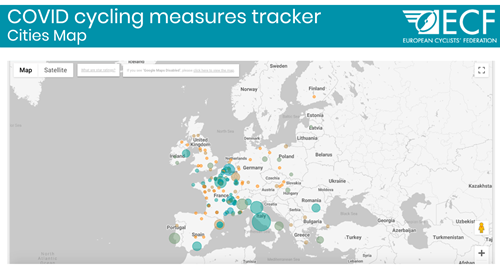
Question 3:
What do you think will happen after the lockdown? Will we go back to the traditional modes like cars and public transport or has something fundamentally changed?
‘I think the answer to this is “both”. Certainly we have seen car traffic levels going up again once lockdown restrictions were lifted, but we’ve also seen significant increases in people buying and using bikes for commuting and leisure, so there has been a fundamental change as well.’
Question 4:
What about the long-term perspectives for cycling? How do we make sure we maintain public support for more cycling and encourage employers to shift to more sustainable mobility?
‘The challenge for advocacy groups like ECF is to continue the push for effective investments, incentives and conditions that support and enable more cycling. We can help point the way by making recommendations (see here) and providing inspiration by highlighting what various cities, regions and countries are doing and what is working well.’
‘Supporting cycle to work schemes, and re-thinking fiscal and other incentives that encourage people to commute by car and encourage companies to grant company cars as benefits are the best ways to encourage employers to participate in the shift to more sustainable mobility.’
Question 5:
What can cities learn from places like Copenhagen where there is a lot of cycling even in winter? How do you think we can make improvements with regards to road safety to encourage cycling?
‘Cities like Copenhagen demonstrate that where there is great cycling infrastructure, policy and conditions, such that cycling is by far the most convenient and easy way to get from A to B, people will continue to cycle from A to B even in adverse weather conditions.’
‘The importance of making cycling safe cannot be overstated in terms of successfully encouraging many more people to cycle. At its best this means investing in high quality segregated/protected cycling infrastructure, but improvements in the shorter term could include reducing speed limits for motorised traffic, and re-zoning certain streets to give cyclists priority, for example.’
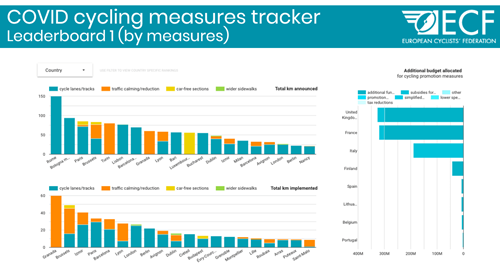
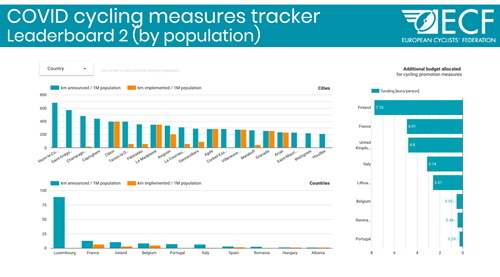
ECF COVID-19 Cycling Measures Tracker: www.ecf.com/dashboard
JOIN INTERTRAFFIC ONLINE DURING WEBINAR PROGAMME
Did you miss this webinar and want to join the next? Go to www.intertraffic.com/webinars for more information on our monthly schedule and registration.
